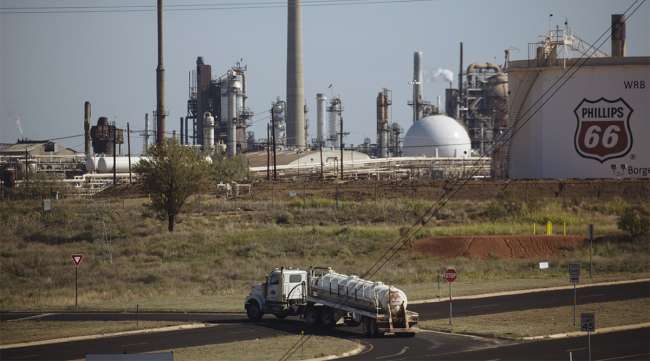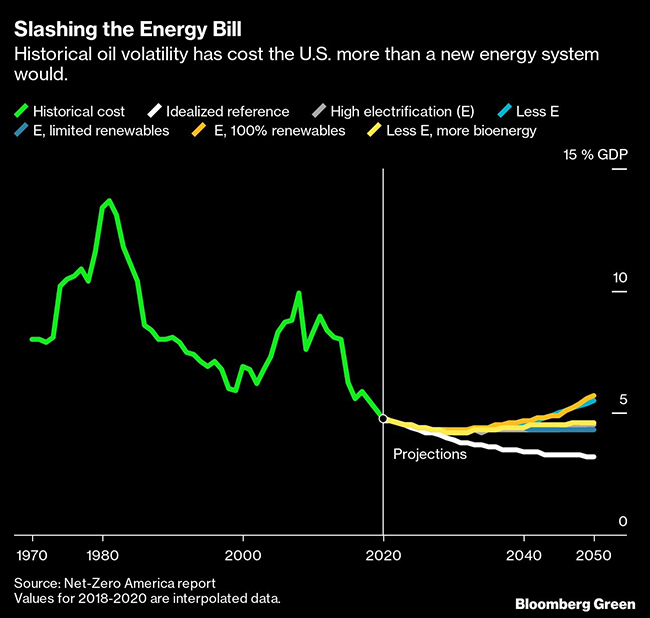Getting US to Zero Carbon May Cost $2.5 Trillion by 2030

[Stay on top of transportation news: Get TTNews in your inbox.]
It’s going to take $2.5 trillion in spending over the next decade to get the U.S. on a path to a carbon-free economy, but the transition will help to pay for itself, Princeton University researchers say.
Achieving net-zero emissions by 2050 would require expanding renewable-energy systems, building more efficient homes and putting 50 million electric cars on the road, according to a report released Dec. 15.
While the upfront costs are significant, they would be offset by savings associated with switching to cheaper electricity and the creation of as many as 1 million new jobs, the researchers say. A carbon-free energy system also would reduce the underlying global risk of climate-related disasters.
“It requires spending less on a historical basis,” said Jesse Jenkins, an assistant professor at Princeton and one of the lead authors of the report. “We just have to spend it on the right things.”
Generating power from free fuel such as wind and solar while dramatically reducing fossil fuel consumption could keep energy costs below 6% of gross domestic product through 2050 — much lower than historical levels. That’s in part because oil-price volatility is a major factor determining how much U.S. households and businesses pay for their energy system.

Eliminating coal use by 2030 and cutting oil and gas use 65%-100% by 2050 would result in job losses, but those would be more than offset by new opportunities, especially in construction and installing wind and solar power. Jenkins estimates there would be 500,000 to 1 million net additional jobs by 2030. Energy-related employment could constitute 4.5% of the U.S. workforce by 2050, from 1.5% now.
Getting to net-zero would require major infrastructure investment, including:
Quadrupling wind and solar capacity in the U.S. to 600 gigawatts, enough to supply about half of the country’s electricity.
Boosting power transmission capacity by 60%.
Doubling the share of residential heating supplied by heat pumps and tripling the share in commercial buildings.
Putting 50 million electric cars on the road and building at least 3 million charging stations.
One major goal of the report is to encourage local communities to come to terms with decisions they may have to make over the next few years. The areas from the Great Plains south to Texas remain a huge potential source of wind power, but tapping that would require new transmission lines and would likely generate public debate about land use.
Want more news? Listen to today's daily briefing:
Subscribe: Apple Podcasts | Spotify | Amazon Alexa | Google Assistant | More




